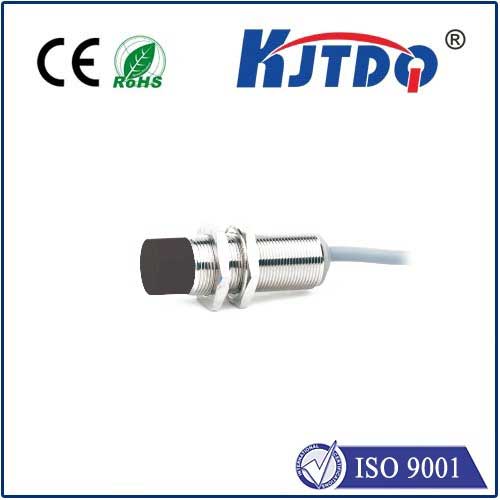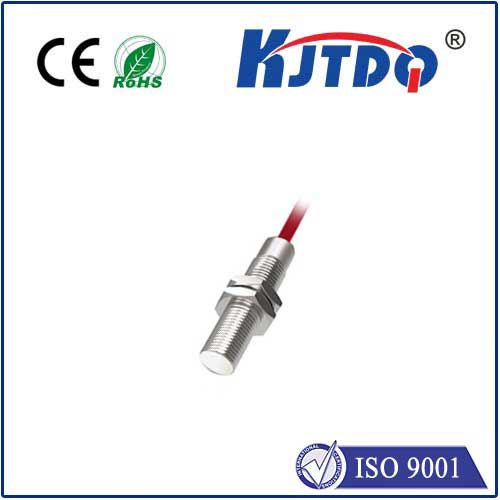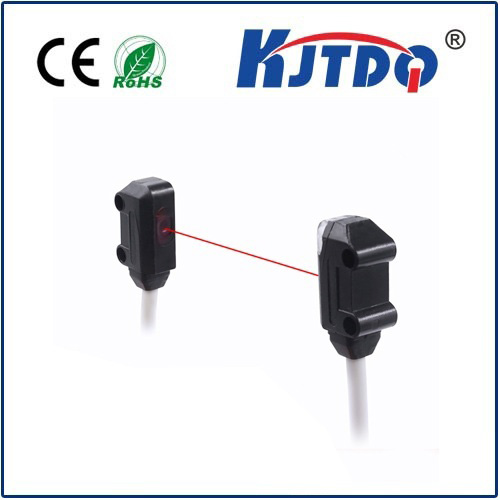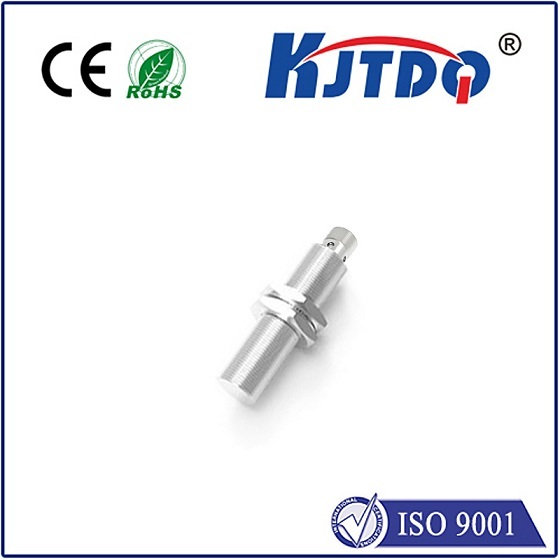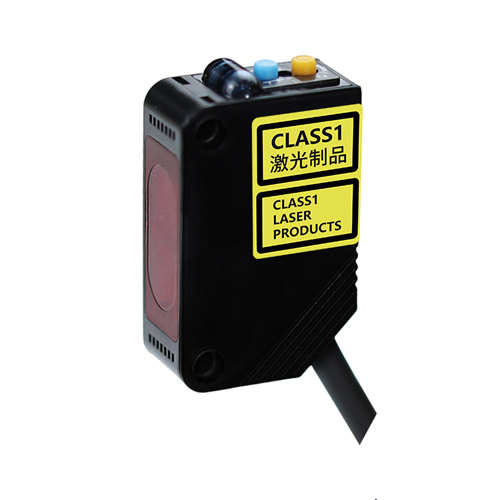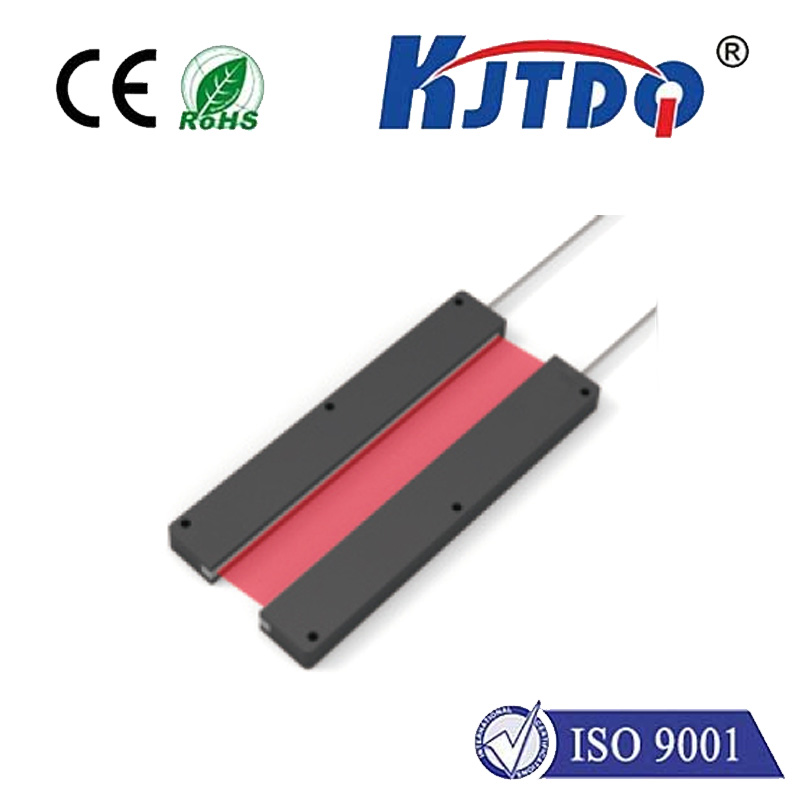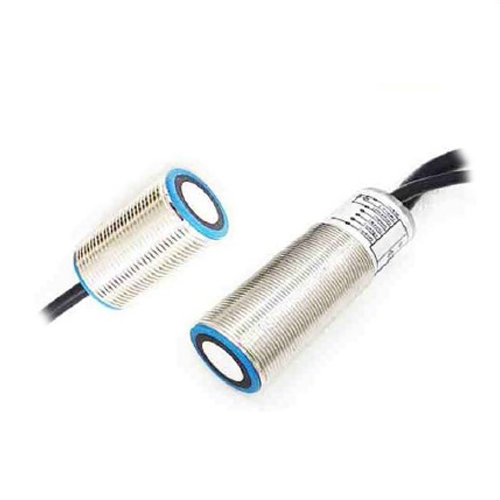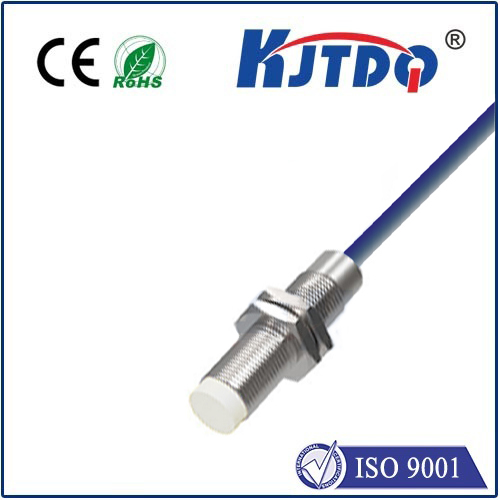optical liquid leak detection sensor
- time:2025-08-13 16:42:29
- Click:0
Optical Liquid Leak Detection Sensors: Illuminating the Path to Early Leak Prevention
Picture this: a critical server room humming with activity, a pharmaceutical clean room producing life-saving drugs, or a remote pipeline transporting essential fluids. Now imagine a tiny, insidious leak developing undetected. Water, corrosive chemicals, or fuel silently seeps into sensitive electronics, contaminates sterile environments, or pollutes the surrounding soil. The consequences? Catastrophic equipment failure, costly production shutdowns, severe environmental damage, and significant financial losses. Traditional detection methods often fall short, lagging until the leak is large and damage is done. This is where optical liquid leak detection sensors shine, offering a sophisticated, proactive, and highly reliable solution harnessing the power of light.
The Fundamental Principle: Light as the Leak Detective
At their core, optical liquid leak detection sensors work by leveraging a fundamental property: the interaction between light and matter changes significantly when liquid is present. There are several primary technologies employed, each with its nuances but unified by this optical principle:
- Total Internal Reflection (TIR): This is one of the most common methods. A sensing element, typically an optical fiber or polymer cable, is designed so that light traveling within it undergoes total internal reflection along its length when surrounded by air. The critical point is that when liquid comes into contact with the sensor’s surface, this reflection is disrupted. The liquid, having a higher refractive index than air, allows light to escape (refract) into the liquid. This loss of light signal is detected by a photodetector at the end of the sensing cable or fiber, triggering an immediate alarm indicating the precise location or zone of the leak.
- Fluorescence Sensing: Certain liquids, like specific coolants, oils, or hydrocarbons, exhibit natural fluorescence when exposed to particular wavelengths of light. Sensors designed for these fluids emit light and then detect the characteristic fluorescent emission that occurs only when the target liquid is present. This method offers high specificity but is dependent on the inherent properties of the liquid.
- Absorption/Scattering: Changes in the light signal’s intensity or wavelength can also indicate a leak. Liquids can absorb specific wavelengths of light or cause light scattering, both of which alter the signal received by a detector compared to when only air is present. Sophisticated sensors analyze these changes to identify leaks.
Key Components: Building the Optical System

An optical leak detection system typically consists of:
- Sensing Element: The physical cable or tape placed on the floor, within containment areas, under pipes, or wrapped around fittings. This is where the actual interaction with the leaking liquid occurs. Options range from flexible polymer sensing cables to specialized fiber optic cables offering extreme chemical resistance or intrinsic safety.
- Light Source: An LED, laser diode, or other light emitter providing the interrogation signal traveling through the sensing element.
- Photodetector: The crucial component that receives the light signal after it has traversed the sensing zone. It measures the intensity, wavelength shift, or timing (in distributed systems) of the light.
- Control Unit/Monitoring System: The “brain” of the system. It powers the light source, analyzes the signal from the photodetector, compares it against predefined thresholds, processes location data (in zone or point systems), and triggers visual/audible alarms, notifications (email, SMS), or automated shutdowns. Modern units often feature sophisticated signal processing to minimize false alarms and provide diagnostic information.
Where Light Makes a Critical Difference: Applications Galore
The sensitivity, reliability, and versatility of optical liquid leak sensors make them indispensable across numerous sectors:
- Data Centers & Telecom Hubs: Protecting multi-million dollar server racks, UPS systems, and network equipment from water damage caused by leaking CRAC units, pipes, or condensation is paramount. Sensing cables deployed under raised floors or around critical equipment provide early leak detection, preventing catastrophic downtime.
- Industrial Facilities: From manufacturing plants to power stations, leaks of coolants, lubricants, fuels, acids, or process chemicals pose safety hazards and environmental risks. Optical sensors withstand harsh environments and detect leaks in hard-to-monitor areas like bunds, sumps, pump bases, and valve stations.
- Laboratories & Healthcare: Maintaining sterility in cleanrooms, protecting sensitive analytical equipment, and ensuring containment of biohazards or chemicals require ultra-reliable leak detection. Optic sensors offer non-intrusive, continuous monitoring around fume hoods, autoclaves, bioreactors, and under laboratory benches.
- Renewable Energy (Battery Storage): As Battery Energy Storage Systems (BESS) proliferate, detecting potential thermal runaway events early is critical. Optical leak detection cables can be integrated within battery racks to sense electrolyte leakage, a key precursor to thermal runaway, enabling faster intervention.
- Museums, Archives & Libraries: Protecting irreplaceable artifacts, documents, and books demands vigilance against water intrusion. Sensing tape installed discreetly around pipes, windows, roofs, and under sinks provides constant protection.
- Point-of-Use Water Detectors: Compact optical sensors integrated into appliances like water coolers, ice machines, or coffee brewers prevent local flooding by shutting off water supply immediately upon detection.
Illuminating Advantages Over Traditional Methods
Why are optical sensors rapidly becoming the gold standard? Their benefits are compelling:
- Early and Precise Detection: They detect leaks at the point of origin, often sensing minute amounts of liquid long before puddles form or visible damage occurs, enabling swift intervention. Some systems offer point location accuracy, pinpointing the exact spot of the leak along the cable.
- Continuous, Real-Time Monitoring: They operate 24⁄7, providing unwavering vigilance without human intervention.
- Immunity to Electrical Hazards: As inherently optical devices (especially fiber-based ones), they generate no spark risk, making them intrinsically safe for use in explosive atmospheres (ATEX zones) or near flammable liquids.
- Resistance to Corrosion & Contamination: Unlike metallic probes, optical sensing elements are generally immune to corrosion from most chemicals and unaffected by dust, dirt, or humidity in the absence of actual liquid. This ensures long-term reliability and minimizes false alarms.
- Versatility: Sensing cables can be configured in straight lines, loops, grids, or wrapped around pipes and fittings, adapting to virtually any layout or zone requiring protection.
- Reduced Maintenance: With no moving parts and robust construction, they require minimal maintenance compared to mechanical float switches or conductivity probes prone to fouling.
- Integration Capabilities: Modern systems easily integrate with Building Management Systems (BMS), SCADA systems, or IoT platforms for centralized monitoring, data logging, and automated response protocols.
Implementing Optical Leak Detection: Key Considerations
To maximize the effectiveness of your optical leak detection system:
- Sensor Selection: Choose the right sensing cable technology (polymer for general use, fiber optic for extreme environments/long distances/location accuracy) based on the fluids of concern and the installation environment.
- Strategic Placement: Install sensing cables in areas most susceptible to leaks: under pipes, valves, pumps, tanks, containment areas, along the lowest points of floors, and around critical equipment. Consider potential leak paths. Ensure full coverage of the zone you intend to protect.
- Control Unit Location & Connectivity: Place the control unit in a secure, accessible location with reliable power and network connectivity for alarms and remote monitoring. Ensure it has sufficient capacity for the length/number of sensing zones.
- Alarm Management: Configure audible and visual alarms on-site, and set up remote notifications (email, SMS, SNMP traps) to reach responsible personnel immediately, day or night. Define clear escalation procedures.
- Regular Function Testing: Periodically test the system according to manufacturer guidelines to ensure optimal performance, using the recommended test solutions (often just water).
Harnessing Light for Security and Savings
In an era where operational continuity, safety,












